Weir vs. Oleophilic Skimmers: Which One is More Efficient?
Not all oil skimmers are created equal! While weir skimmers recover large volumes quickly, they also take in a lot of water—leading to storage headaches and extra processing. On the other hand, oleophilic skimmers are more selective, capturing more oil with less water, making cleanup faster and more efficient. Which one is the better choice for oil spill response? Let's break it down!
Val
2/13/20253 min read
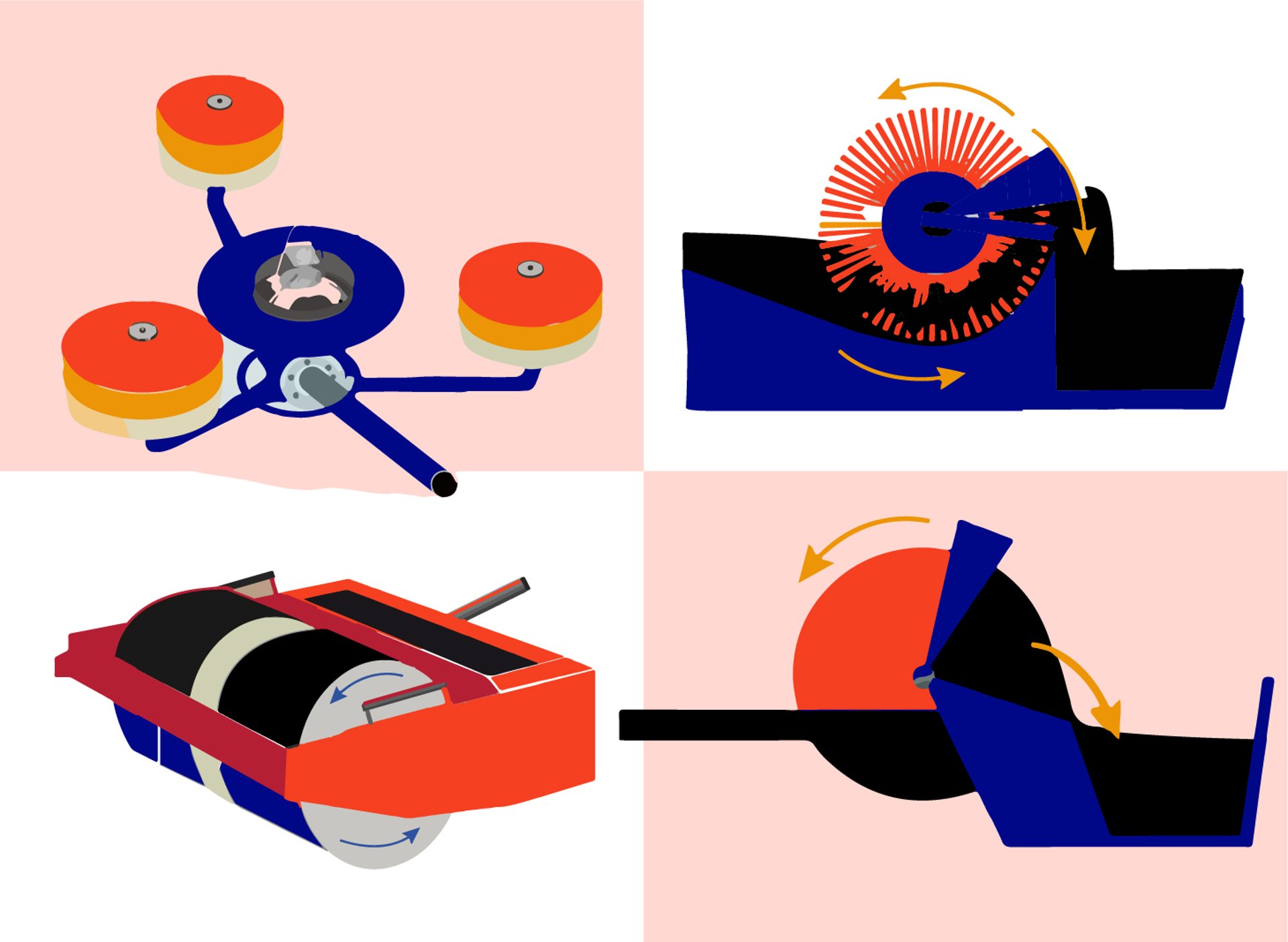
When it comes to oil spill recovery, selecting the right skimmer can make a significant difference in efficiency. Two of the most commonly used skimmer types are weir skimmers and oleophilic skimmers, each with its own advantages and limitations.
Oleophilic Skimmers: More Selective, Higher Efficiency
Oleophilic skimmers use brushes, discs, or drums coated with materials that attract and retain oil while repelling water. As the rotating surface passes through the spill, oil adheres to it and is then scraped off for collection. These skimmers are generally more selective, meaning they recover less water and more pure oil, improving efficiency. They perform well across a wide range of oil viscosities and are particularly effective for recovering thicker oils and emulsions.
Because oleophilic skimmers recover oil with much less water content, they require less storage space and minimize the need for oil-water separation. This can speed up recovery operations and reduce the overall cost and complexity of cleanup efforts.
Lobe pumps, often used as remote displacement pumps, offer significant advantages when paired with oleophilic skimmers, particularly multiskimmers. Their self-priming capability ensures continuous operation without the need for manual priming, making them highly efficient in spill response scenarios. Additionally, their simple design and easy maintenance reduce downtime, allowing for quicker deployment and sustained recovery efforts. Since oleophilic skimmers already optimize oil recovery with minimal water content, using lobe pumps further enhances efficiency by ensuring a steady and controlled transfer of collected oil to storage, making the entire cleanup process more seamless and cost-effective.
Weir Skimmers: High Volume, Lower Efficiency
Weir skimmers work by allowing oil and water to flow over a floating weir lip, collecting the liquid into a sump where it is then pumped out. These skimmers can recover large volumes of oil quickly, making them effective in calm conditions or when dealing with a thick oil layer. However, they are less selective, meaning they recover a higher percentage of water along with the oil, reducing efficiency and increasing the need for separation. Their performance can also be affected by waves, as rough water can cause them to take in even more water.
A major drawback of weir skimmers is that the recovered mixture often requires significant storage capacity and further processing. Since a large portion of the recovered liquid is water, more storage tanks or barges are needed to hold the contaminated mixture before it can be processed. This increases logistical challenges and costs for oil spill response teams. Additionally, the need for oil-water separators adds another step to the process, requiring more time and equipment to separate the recovered oil from water before it can be properly disposed of or reused.
Which One is Better?
The best skimmer depends on the spill conditions:
For large spills where speed is the priority, weir skimmers can recover more volume in a short time.
For higher efficiency and lower water intake, oleophilic skimmers are the better choice, especially when recovering medium to heavy oils or when water separation is a concern.
For offshore response in rough seas, a combination of both skimmer types may be used to balance volume recovery and efficiency.
While weir skimmers may recover oil quickly, the need for large storage capacities and additional oil-water separation processes can be a significant drawback. In contrast, oleophilic skimmers are generally more efficient because they are more selective, meaning they collect less water and recover more oil per pass, reducing waste, storage needs, and processing time.
While both skimmer types have their advantages, choosing the right one depends on the spill conditions, oil type, and recovery goals. Understanding these factors can significantly improve skimming efficiency and overall response effectiveness. For a more detailed guide on successful skimming, check out our in-depth blog post, Skimming Success: Choosing the Right Skimmer for Your Oil Spill Response
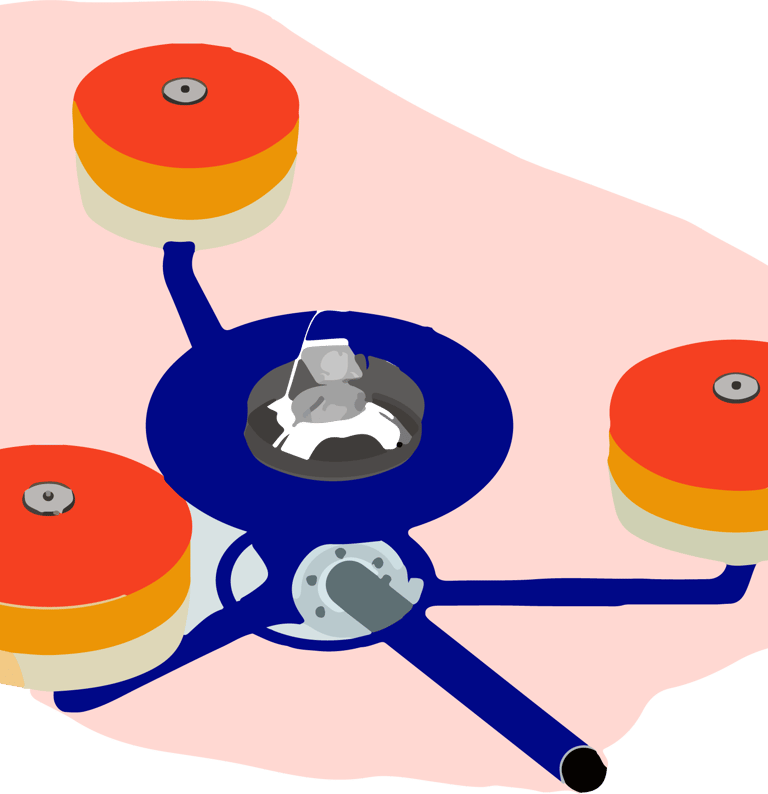

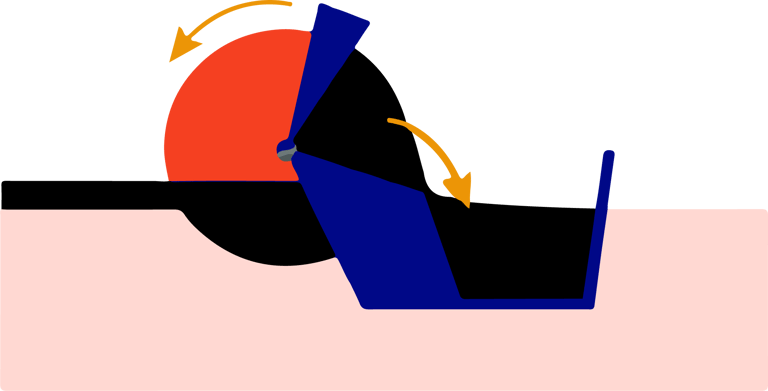

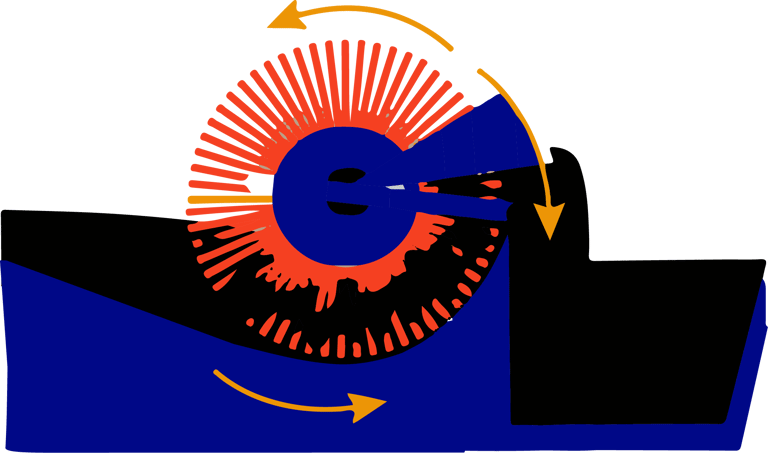

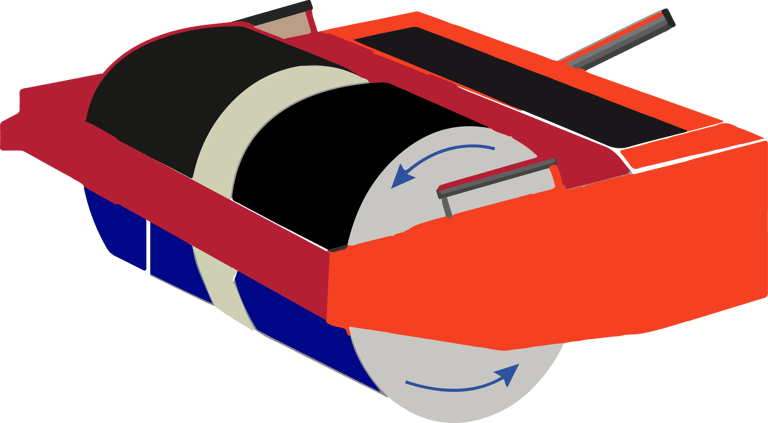

Contact us
Whether you have a request, a query, or want to work with us, use the form below to get in touch with our team.
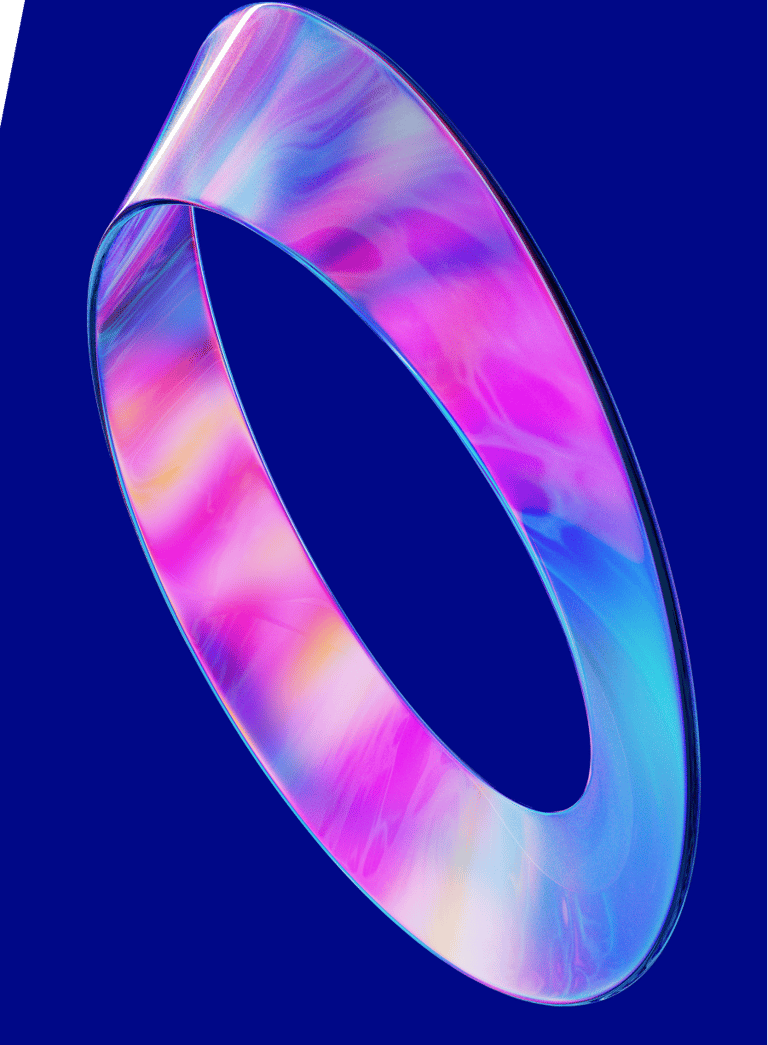

Location
3195 New Panaderos, Santa Ana, Manila, Metro Manila
Contacts
+63927 410 4369
info@gsoceanguard.ph

